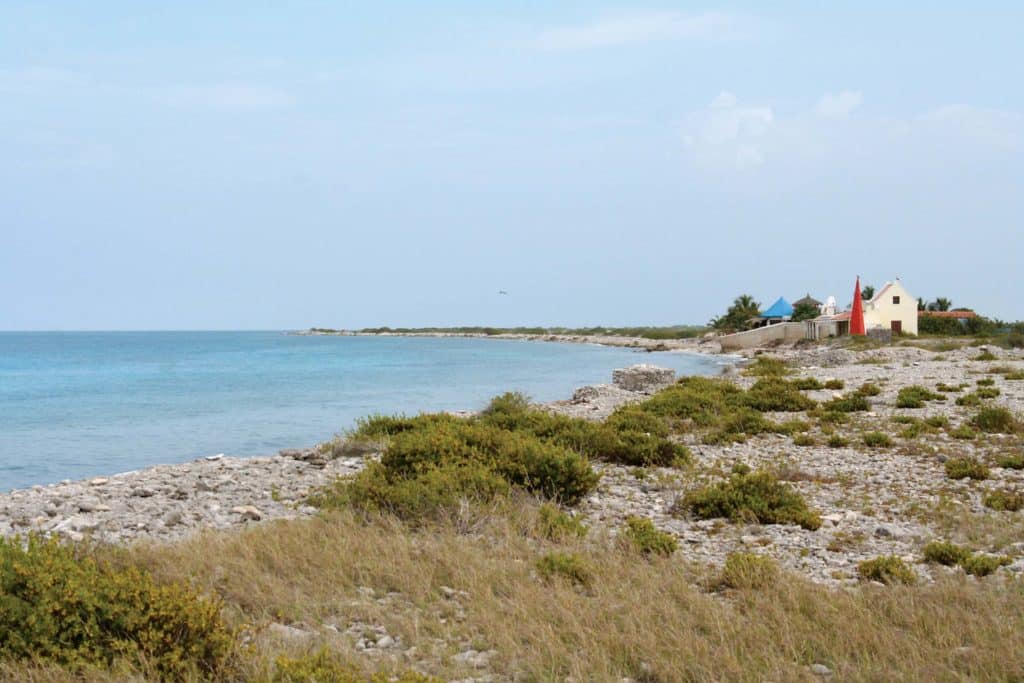It was around 0100, a 15-knot easterly breeze was suggesting that it might pick up, and I had the Willemstoren lighthouse at Lacre Punt visible just off the starboard bow. Well, I thought it was that light. The chart indicated that it was a nine-second flash, but no matter how I tried to shift the cadence I couldn’t get it to nine.
My wife, Irene, and I were approaching Bonaire, the “B” in the ABC islands group that includes Aruba and Curaçao. We were three days out of Grenada and a bit ragged. I’d raced J/24s around this point many times in years past, but tonight that didn’t really help; if anything it just reminded me of the dangers of that low-lying, rocky coast.
And to exacerbate matters, the South American chip in my plotter included charts that ended just after Grenada. But we also knew that the water around Bonaire was so deep that if you could avoid hitting the island itself, there was nothing else to bump into.
We headed more northward up the coast. The shore was black and not a glimmer of any light came from this uninhabited end of the island; the only way to tell how far we were offshore was to plot a series of positions on a paper chart (how quaint). A wave of pungent warm air heavily scented with guano and shallow water blew over Moose, our 39-foot South African-built steel cutter. The salt pans were to starboard.
We sailed along at 6 and 7 knots with the night wind full on the beam and a gentle current astern. It was a beautiful moment, I thought, while peering out past the streaming telltales for an unwanted line of white coral. At 0400 we picked up a mooring in front of Kralendijk, Bonaire’s largest town, and went below to sleep. I dozed off well satisfied with the landfall, but also eager for the next day (now two hours away) because Bonaire is a very special place.
Location, Location, Location
If you follow the long curving shoulder of the Caribbean islands from the Virgins down past Guadeloupe and Martinique to Trinidad, you’ll see that the cruising route continues west along the offshore islands of Venezuela and along to Bonaire, Curaçao and Aruba, the so-called ABCs. From Trinidad onward this entire run is outside the hurricane belt. So for sailors who wish to continue sailing during the June to November storm season, this area is a fine option. The offshore islands of Venezuela are stunningly beautiful and they present no security issues. I personally would keep away from the Venezuelan mainland, though, and definitely from the area around Isla Margarita.
Sailboats en route to Cartagena or the Panama Canal, as well as those heading to Curaçao for long-term storage, will find Bonaire a great place to provision or simply kick back and relax. A boat and crew planning to stay several months in Spanish Water at Curaçao can take advantage of a day when the wind backs into the northeast and make the 40-mile run over to Bonaire for a change of scenery.
Perhaps the ultimate attraction of Bonaire is the undeniable fact that it has the best diving and snorkeling in the Caribbean, period.
Anchoring? No Weigh!
The entire coastline of Bonaire is a national park, from the high-tide mark to depths well beyond recreational diving, and anchoring is forbidden everywhere. However, because of the island’s long-established dive industry, there are diving buoys all around the island that may be picked up for daytime use. To accommodate visiting yachts, two- or three-dozen moorings have been placed all along Kralendijk’s waterfront. They have a somewhat unusual two-line configuration whereby the boat runs two short lines from its forward chocks and loops them through the thimbles on the mooring lines. It works, but the system could safely be beefed up, and at $10 per night, perhaps it should be. On the positive side, Bonaire is kidney-shaped, with Kralendijk in the enclosure; Klein Bonaire, a circular island a mile or so offshore, protects the mooring field from almost all wind angles. If one of those awkward breezes does arrive, boats can take shelter in one of the marinas.
Maybe the best way to give a sense of Bonaire’s ambience would be simply to mention that there is not a single traffic light on the island. It is a very mellow, untrampled Caribbean isle. The waterfront is reminiscent of Havana, Cuba’s Malecon: an endless parade of small vignettes of daily life. At one end, boats from Venezuela sell produce; elsewhere, fishermen land and clean their catches. Slick restaurants vie for clients and local people just live their lives, chatting, gossiping and swimming. The line of cruising boats all along the seawall, with flags and laundry flying, adds color and activity. If you happen to be a runner, the broad sidewalk along the water’s edge is exactly 1.5 kilometers long.
Cruising Bonaire
You could certainly leave the dinghy on your mooring and venture to any of the scores of dive buoys, a very manageable option that makes for a great day. But sailors generally tend to stay on their moorings and take dinghy trips, frequently over to Klein Bonaire. Harry Belafonte once owned the island; can you imagine him in baggy trousers and Panama hat with a cigarette sauntering down that white sand?
Irene and I ran the dinghy over to “Harry’s beach” one day when the sky was full of cumulus clouds and the breeze was cooling. We were just finishing our 10-year circumnavigation and were feeling sort of jaded with many things, diving and snorkeling locations among them (I swear I’ve seen 100 of the “Top 10 Dive Sites” in the world). Today we were in for a wake-up call.
The water all around Bonaire is very deep, thousands of feet. This means that there is very little sedimentation in the water, and consequently the clarity is startling; you can easily see 100 feet underwater. We donned our snorkel gear and swam out 50 feet and were stopped cold by the drop-off. The white sand bottom simply went over a steep slope and ran down in darker and darker blues until it was royal purple and all visibility gave way to seeming infinity. The water was so clear it felt like you were flying, a disconcerting sensation at first. And then came the fish!
A school of palometa surrounded us. These foot-long fish are silvery with very elongated fins on the top and bottom of their bodies. They’re graceful and exotic, and they’re very curious. They engulfed us like a dream. It was a scene of indescribable beauty; the white sand falling away to navy-blue nothingness and these birdlike fish flying all around us.
That day we saw turtles and maybe 30 different fish species. We walked back along the beach and came to a pair of Dutch girls snorkeling close to shore; they were so excited with the fish that they were both talking through their snorkels to each other. Yup, there’s good snorkeling in Bonaire!
A Good Old-Fashioned Gravel Run
Bonaire is small; you can drive a car around the whole island in a couple of hours (and probably fit lunch into those). A lot of cruisers opt to rent a car to see the island, although a scooter or even a plain old bicycle would serve very well. Bonaire’s people are calm and certainly very courteous on the road; in fact too courteous sometimes as traffic often will come to a standstill when a person gives up his right-of-way out of friendliness!
Two places that many cruisers visit are Lac Bay and the famous salt pans. A moderately fit person could pedal out to both of these spots and would have a great adventure doing it. Lac Bay is a large, shallow (ondiep as the locals say) bay on the windy east side that in the past was home to thousands of conchs. Mountains of their bleached shells attest to the bygone fishery.
Today conservation efforts have encouraged a comeback, and the old landing place is a social center with snack bars and tiny restaurants built into fishermen’s shacks. It’s a charming spot, vibrant with Caribbean colors and the smell of frying fish and beer-and-lime.
On the way to and from Lac Bay you’ll see the indigenous lorikeet, a perky, likable green and goldenrod bird that is constantly shrieking out some urgent story. They perch confidently on the spines of the tall cacti that punctuate the countryside. Feral donkeys roam the area begging for snacks, and in the underbrush you might come across a big iguana with a face that would send a tomcat running.
If Lac Bay is rustic, the salt pans are surrealistic. Salt has been panned in Bonaire for more than 300 years; salt from Bonaire preserved the cod that fed Catholic Spain and Portugal on Fridays, and in turn earned the money that paid for African slaves to work the salt pans. The pans are periodically filled with salt water from the sea and then dammed shut. The sun evaporates the water, leaving the salt, which today is pushed up into piles 100 feet high. These stylized mountains stand as a range, and when the wind is low and the ponds around them flat, they create a strange reflected landscape.
During the slave trade, sailing ships would anchor close in to the coast and receive salt from small lighters. A human chain of workers, men and women, would carry baskets of salt on their heads to these smaller boats. They sang shanties, as they toiled. An arriving ship would know where to anchor because obelisks (tall fingerlike spires of masonry) marked various anchorages according to a color system. Black, white or red obelisks indicated the grade of salt available at each place. You can see, and enter, the small slave huts where many people spent their too-short nights.
The pans are important in the region’s ecosystem, enticing many flamingos to live here, but they are very cautious birds and will consider you intruding at a range of 200 feet (photographers need a telephoto lens). A sight I find flamboyant is a line of flamingos flying over the sea. They are powerful birds in the air and routinely fly down to Curaçao to sample the salt lagoons there. Flamingos fly in single file, like a long pink serpent, rising and falling low over the dark blue water; it’s an arresting vision.
So, why should you call in at Bonaire? It’s cruiser friendly (they really are glad to see you), it’s laid back but pleasantly vital and it’s a protected natural gem, above and below the water.
There’s a tradition on Bonaire that when a young boy likes a particular girl he tosses pebbles at her. The Curaçao people, of course, find this wildly provincial, but I find it charming. So consider this story a pebble tossed to the island. Prepare to be wooed by its spell.
New Cruising Guide for the Island
Frank Virgintino’s new A Cruising Guide to the ABC Islands will clearly appeal to any yachtsman cruising Aruba, Bonaire or Curaçao because of its detailed charts and pilotage suggestions. He has been to every place he mentions, and this authority, combined with his favorite-uncle voice, is irresistible. The big bonus, though, is that this book would also be a real asset to any land-based visitor, so comprehensive is Virgintino in his touristic and cultural overviews of each island. It’s a great gift for anyone heading this way.
Duncan and Irene Gould completed their circumnavigation, spent a winter in Canada, then moved back to the tropics to rent vacation apartments in Bonaire coralseaapartments.com. This article first appeared in the April 2014 issue of Cruising World.
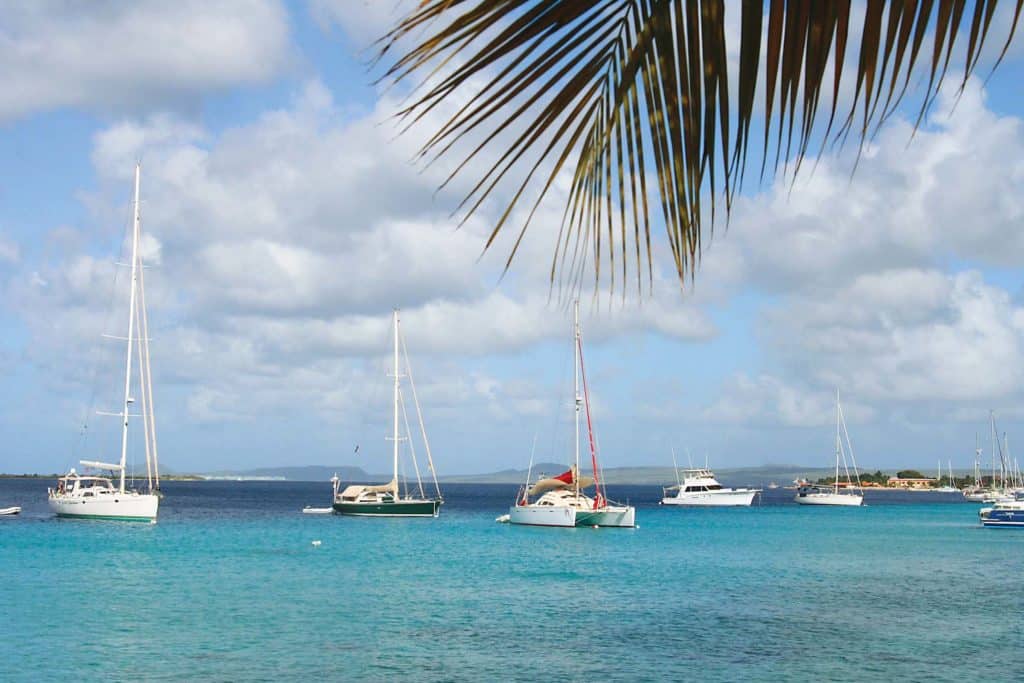
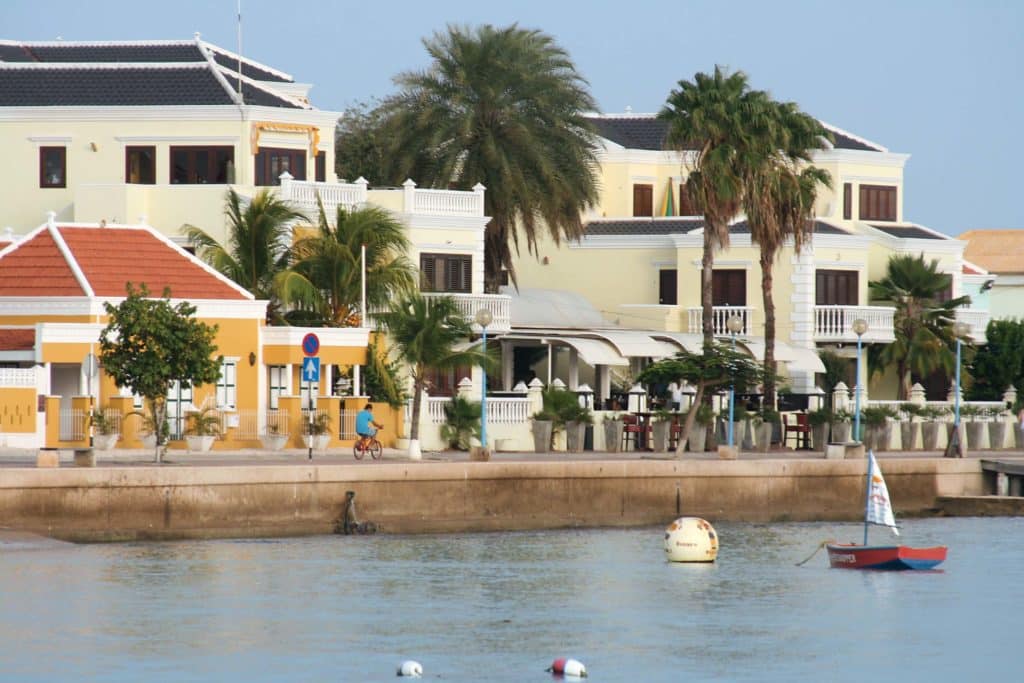
Bonaire waterfront
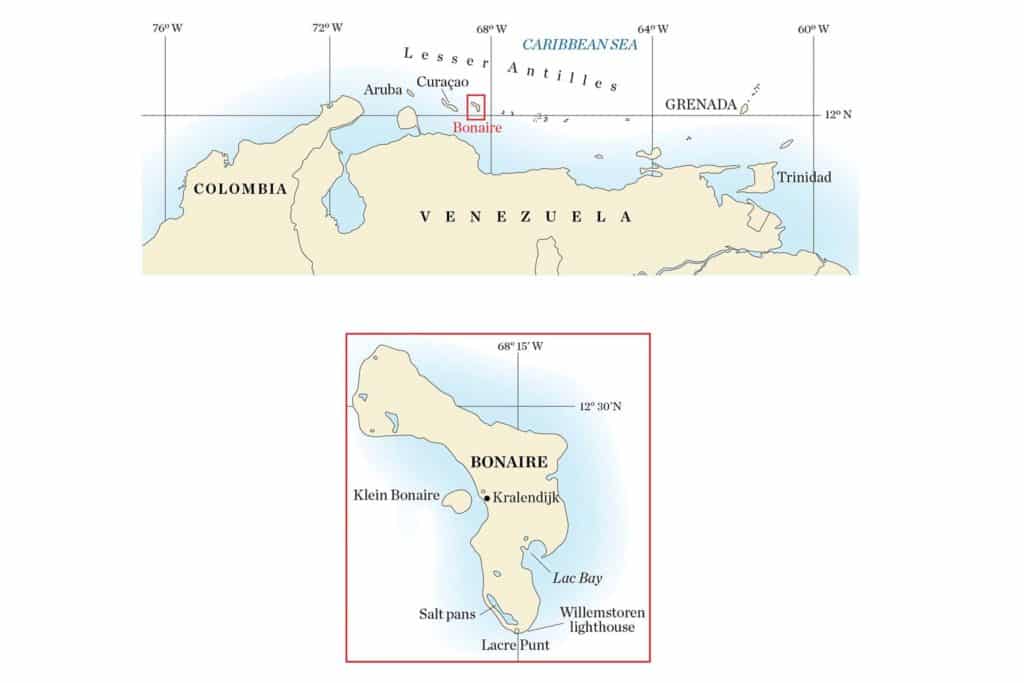
Bonaire Map
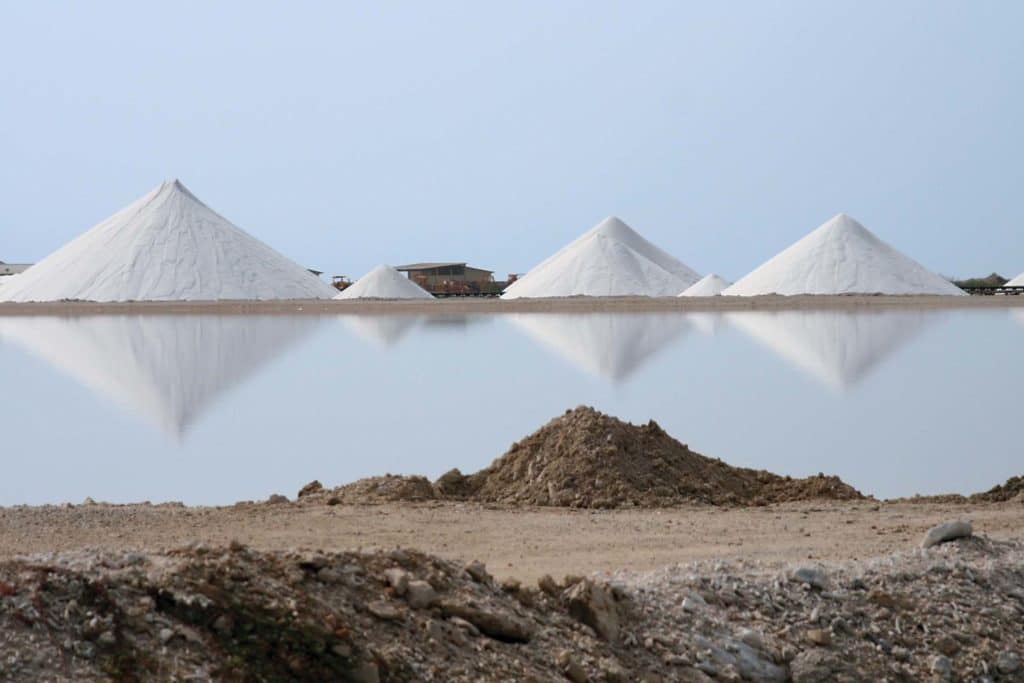
Lac Bay, Bonaire

Duncan and Irene Gould
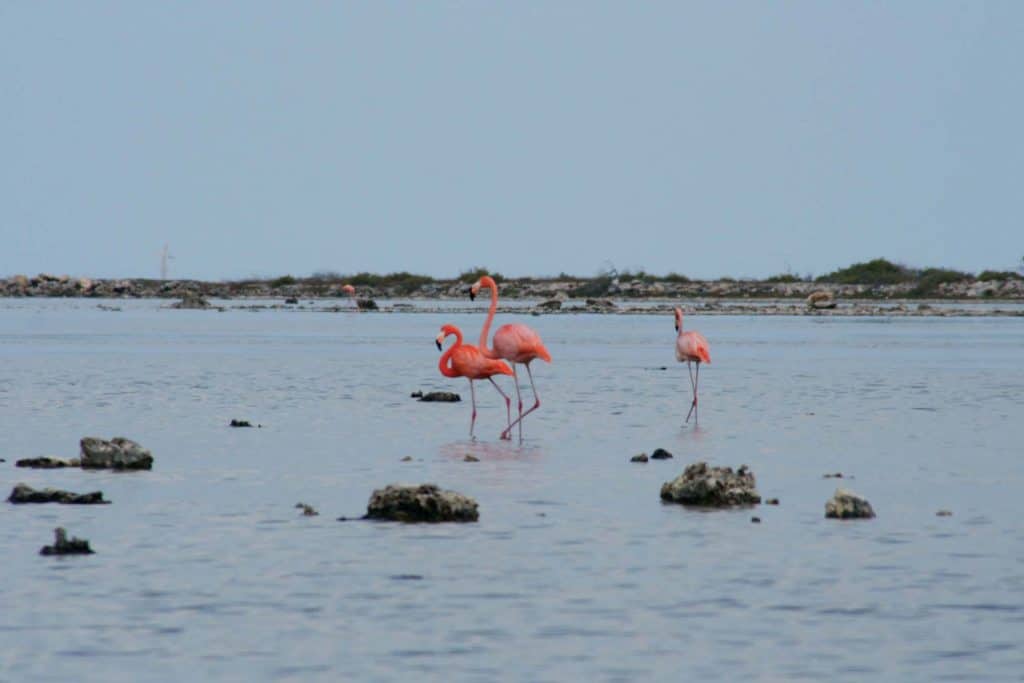
Bonaire Flamingos
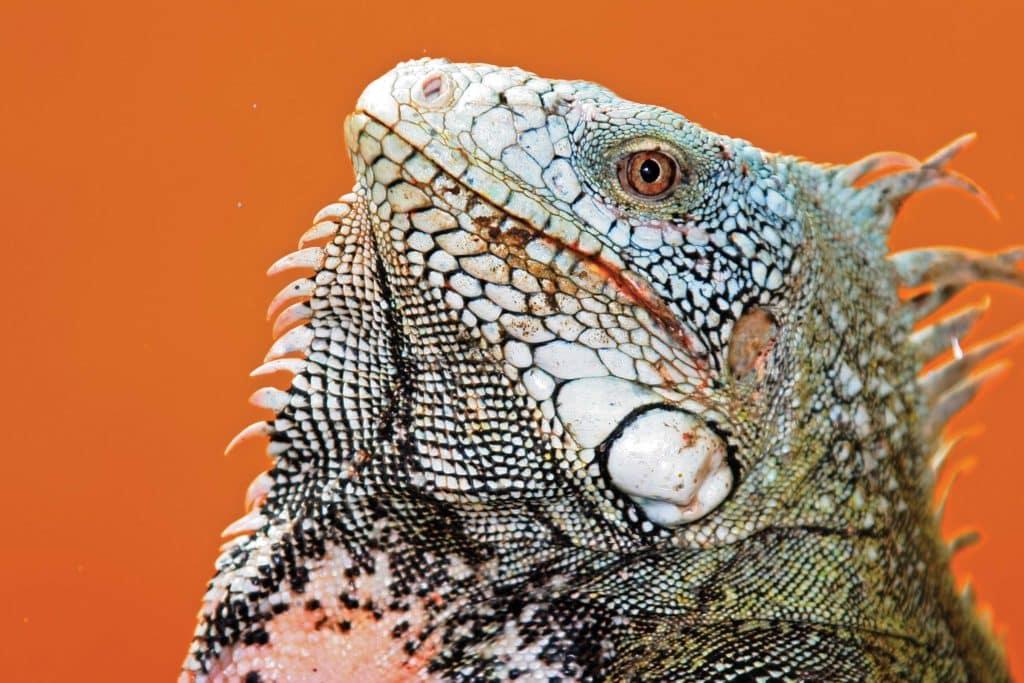
Bonaire Iguana
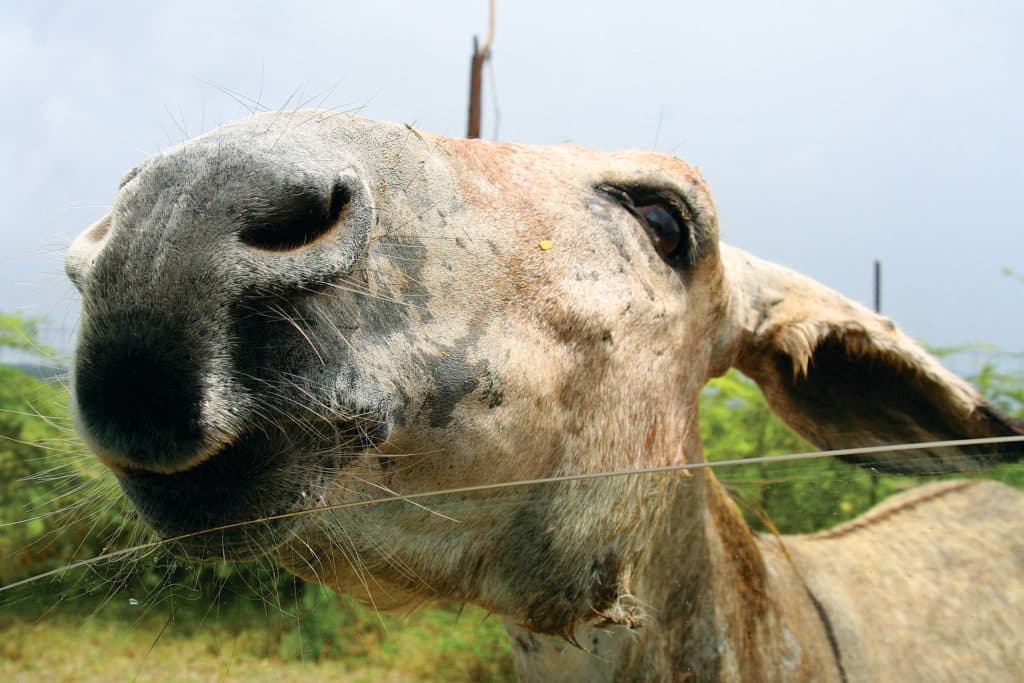
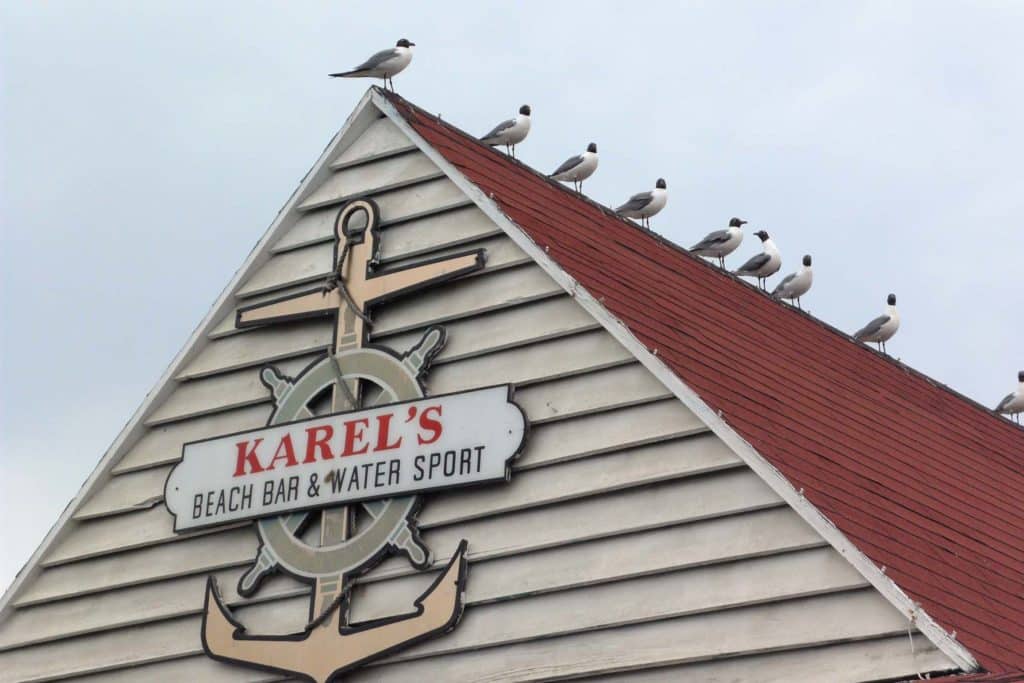
Karel’s Bar
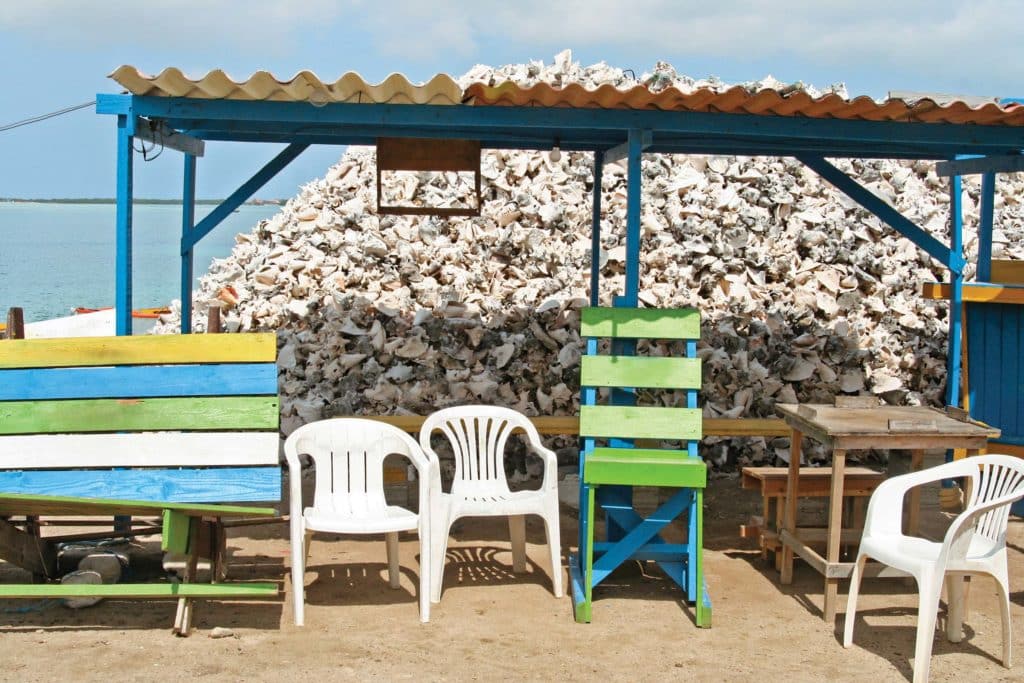
Lac Bay Party Shack, Bonaire
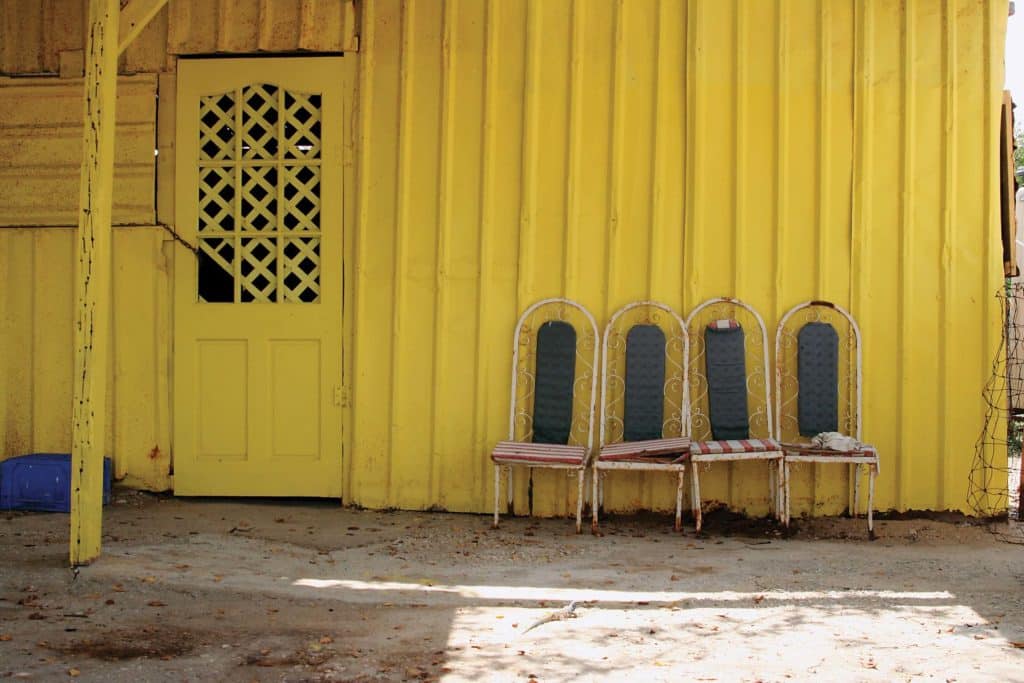
Lac Baai, Bonaire
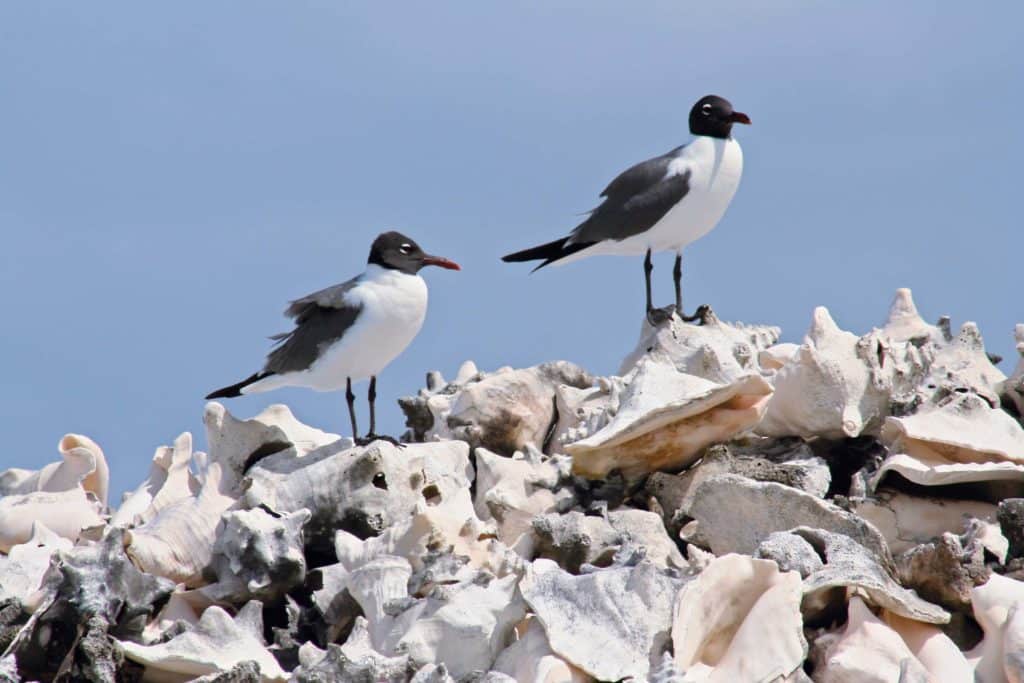
Laughing gulls
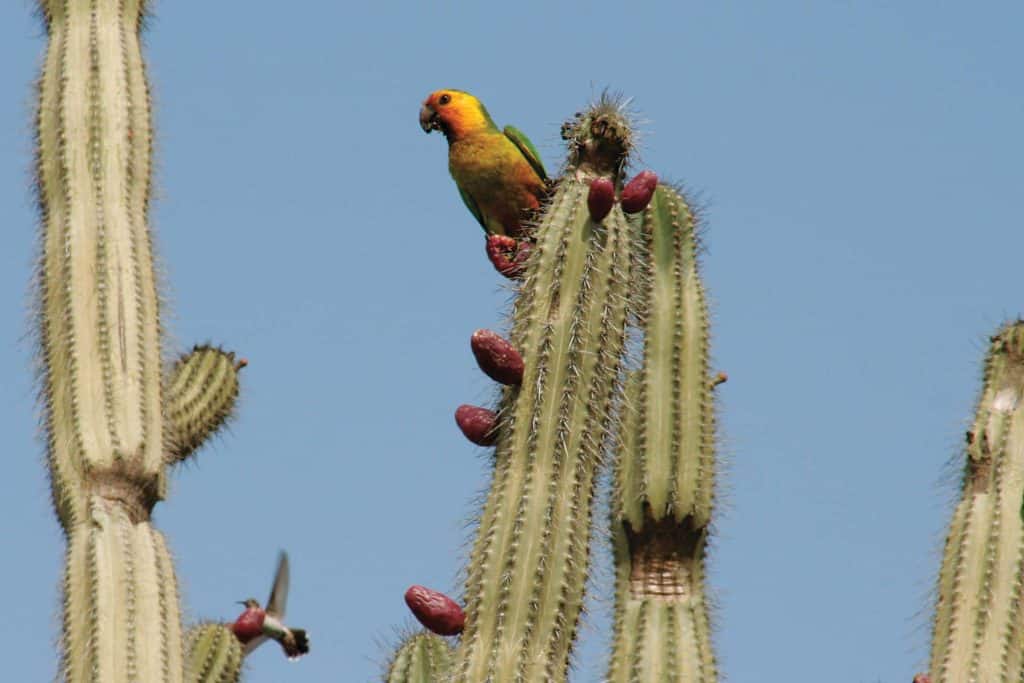
lorikeet
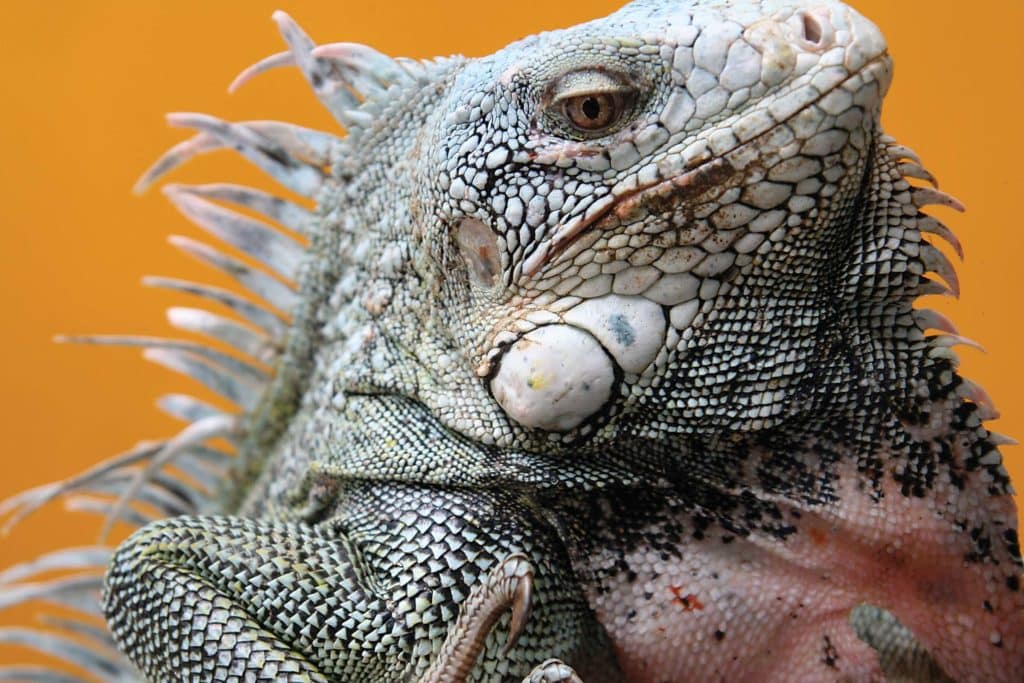
iguanas in Bonaire
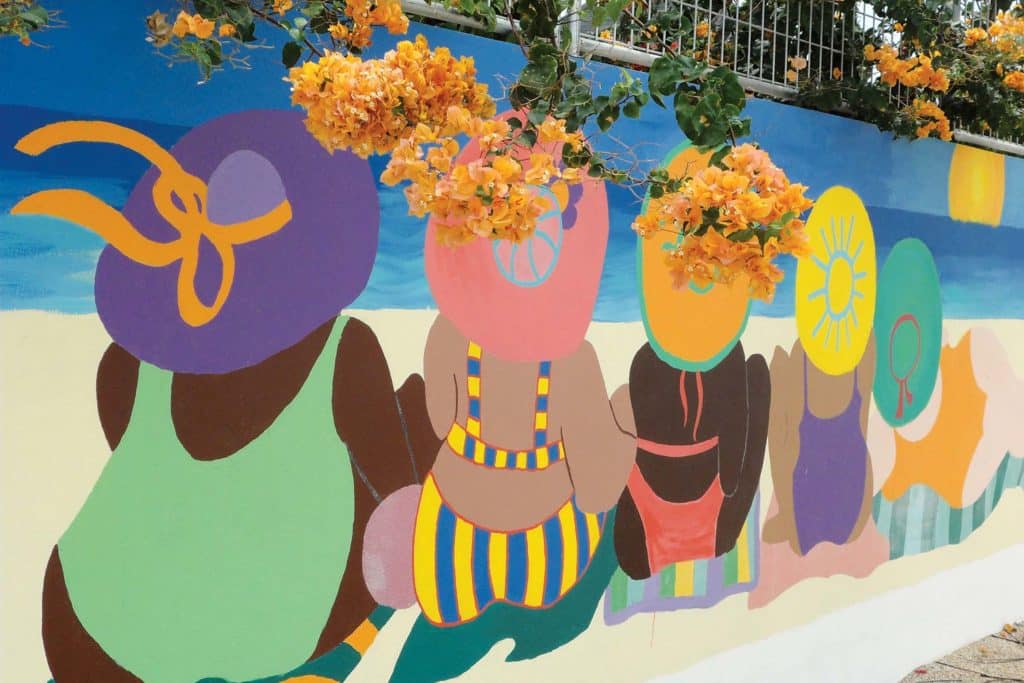
Bonaire Resort
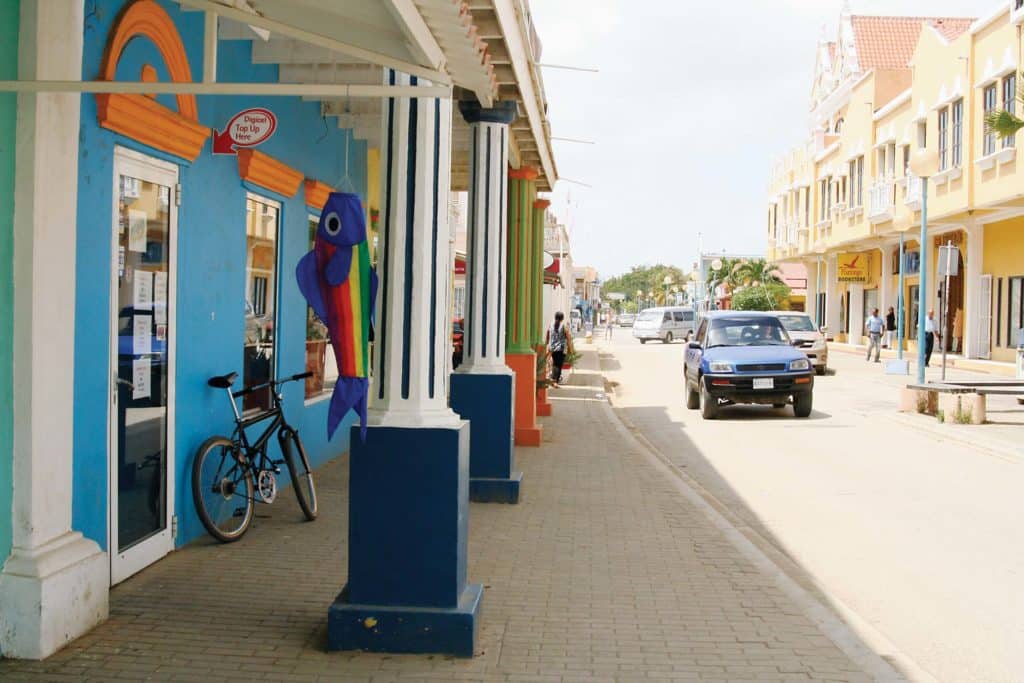
main street of Kralendijk
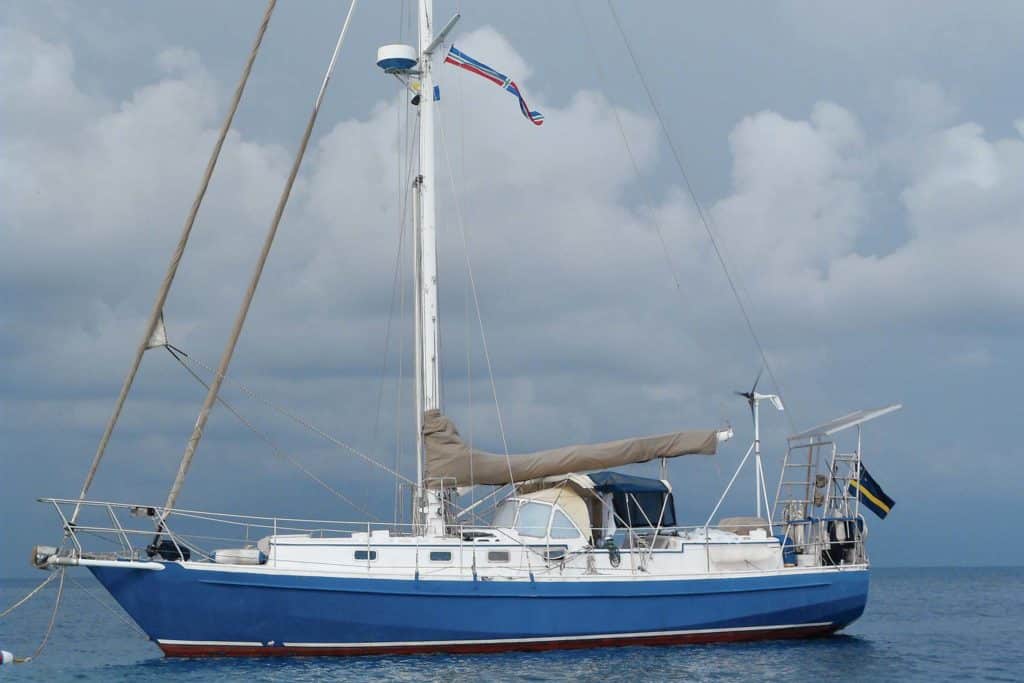
Steel Cutter Moose
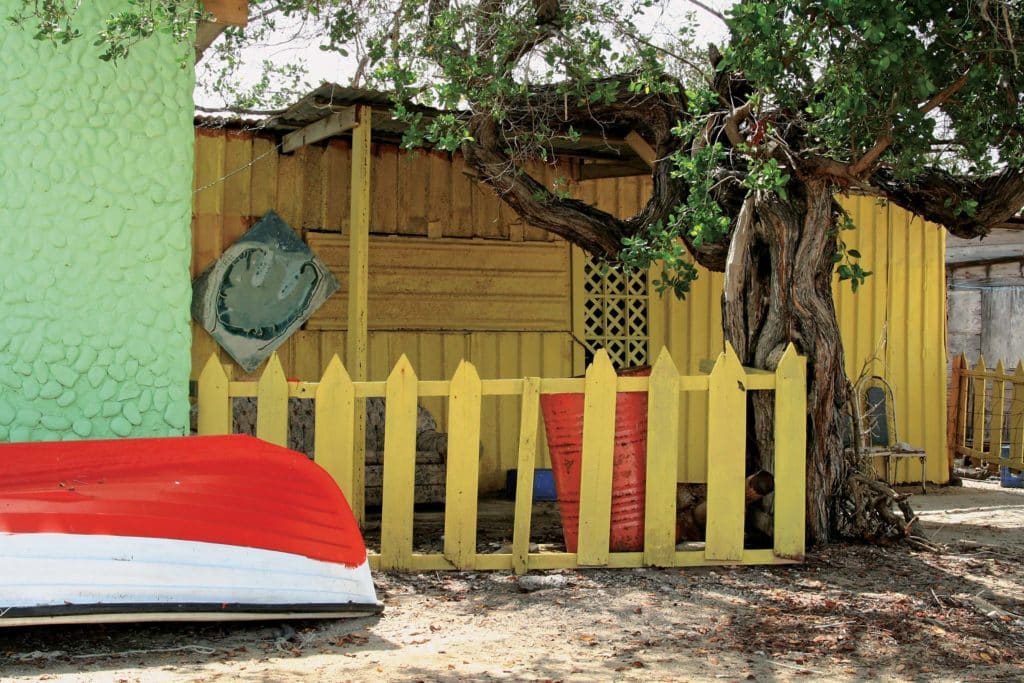
Fisherman’s Hut
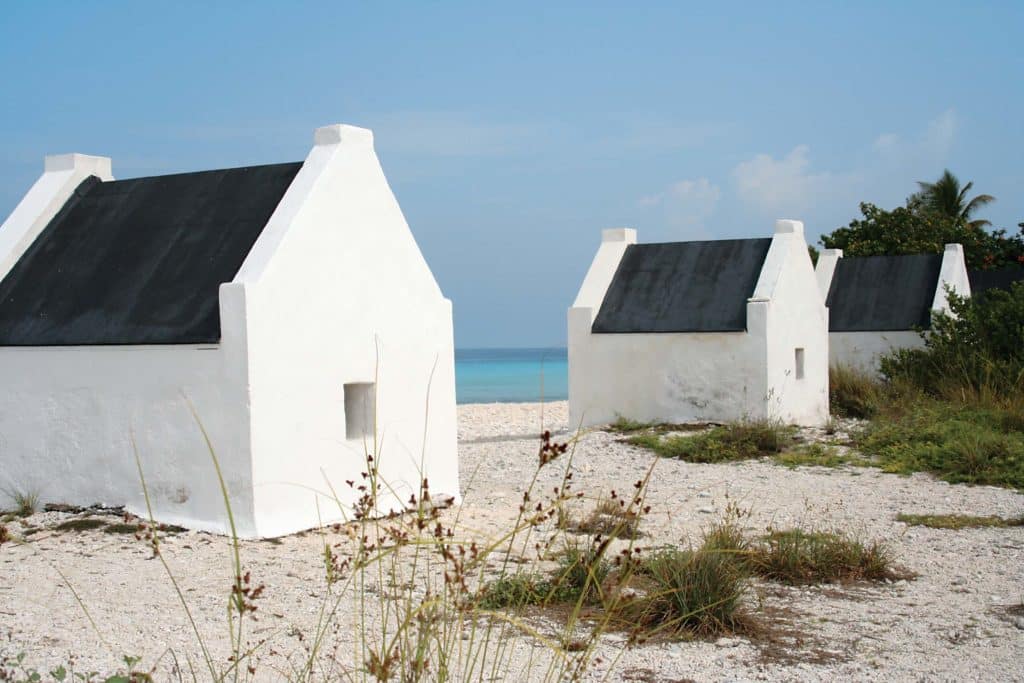
Bonaire Slave Huts
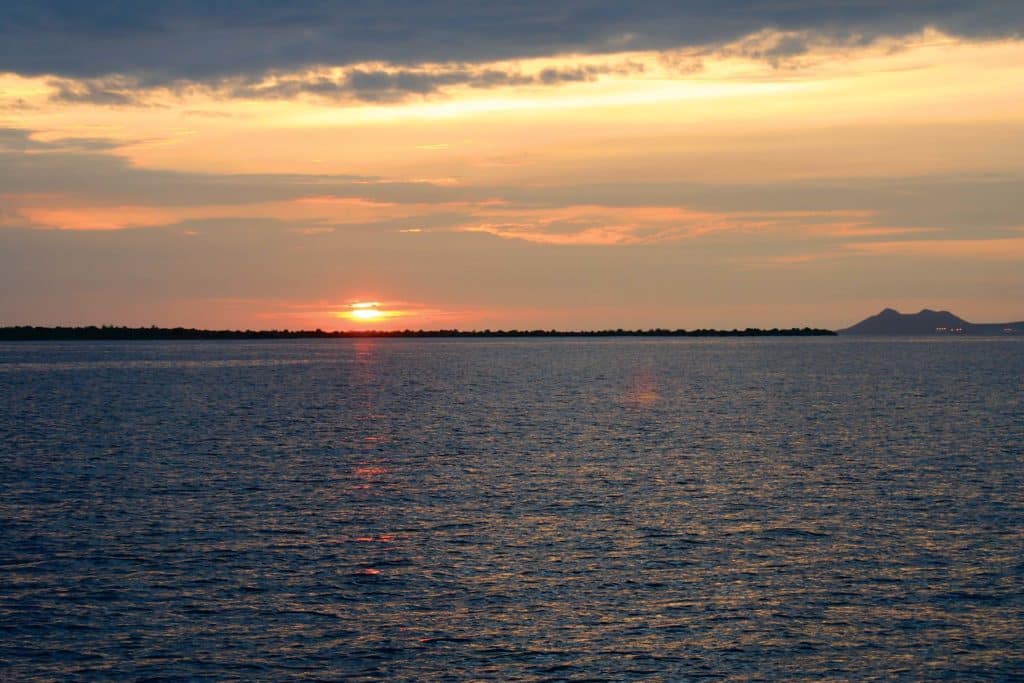
Klein Bonaire
